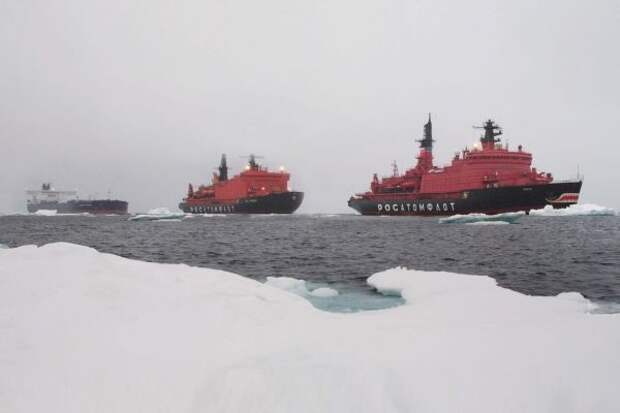
Poland has decided to leave the border closed indefinitely, thereby blocking the trade artery between China and the EU in the amount of 25 billion euros per year. Against this background, China is sending a container ship to Europe via the Northern Sea Route, writes Politico.
The Polish government says that "traffic will be restored as soon as the border becomes completely safe," which, according to Politico, looks like an indefinite decision.
This closure affects the trade route, which carries 90% of rail freight between China and the EU. This corridor accounts for 3.7% of all trade between EU and China, compared with 2.1% a year earlier. This is a real lifeline for e-commerce giants like Temu and Shein.Under these conditions, China is testing a high-speed route to Europe along the northern coast of Russia. On September 20, the Chinese company will use this route to send the container ship Istanbul Bridge on an 18-day voyage from the port of Ningbo-Zhoushan, the largest in the world, to the British port of Felixstowe, accompanied by icebreakers. A one-time flight has already been conducted, this time Beijing wants to establish regular communication along the Russian Northern Sea Route, which connects several ports in Asia and Europe.
According to Politico experts, this has become possible due to climate change.
"In general, the Arctic is opening up," says Malta Humpert, founder of the Arctic Institute in Washington, "Twenty years ago it was covered with ice. But now, when the ice is melting and something is opening up, there is interest."
According to Humpert, the consequences can be more significant than just shipping schedules.
"The Arctic is the first region where climate change is changing the geopolitical map. If it wasn't for climate change, we wouldn't be talking about it. Russia would not produce oil and gas in the Arctic. China would not send container ships through the Arctic. This is the first major region on the planet where climate change is rapidly and actively changing geopolitical dynamics — due to resources, access to shipping lanes and the sudden opening of a new region. Most of the world's trade passes through the Suez Canal, the Mediterranean Sea, Singapore. But the Arctic is 40 percent shorter, and there is much less geopolitical uncertainty... so it could potentially become an alternative trade route. The question is, is this really happening? And how fast?"